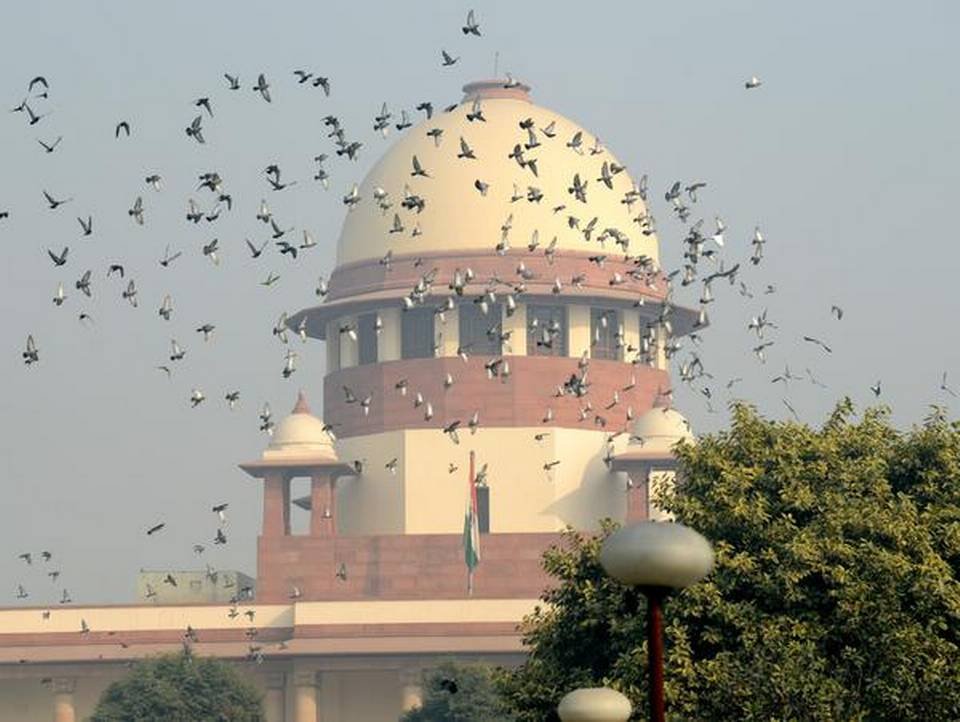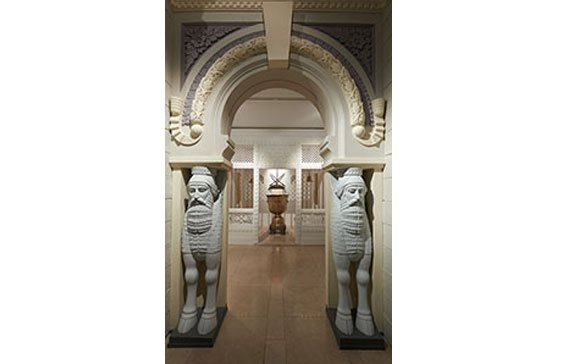Bringing Zoroastrian cuisine to the fore
The Zoroastrian community might be small, but they have big hearts and an even bigger appetite for good food. Individual dishes such as Dhansak Chawal (lentil vegetable stew served with caramalised brown rice), Sali Murghi (chicken with potato straws) and Ravo (semolina pudding) may have already put Zoroastrian cuisine on the global food map, but many more from their large culinary repertoire, owing to their Persian and Indian heritage, are still ‘undiscovered’.
To rectify this, several members of the community have over the years made major contributions to share their culinary wealth with the rest of the world. Home cook Niloufer Mavalvala has now picked up the pace with the recent launch of her cookbook The Art of Parsi Cooking: Reviving an Ancient Cuisine.
Born in Karachi, Niloufer caught the cooking bug when she was just eight. With a passion so paramount, at 17 she was teaching schoolgirls how to bake a cake and perfect its presentation. After marriage, she temporarily moved to Dubai where she organised cooking demonstrations, eventually realising that food is something she wants to make a career in. When she relocated to Canada, she had a clear vision of what she wanted to do next: Setting up the blog Niloufer’s Kitchen, uploading recipes with tips for a heightened food experience and publishing 10 menu-based and cuisine-based e-cookbooks.
“Food has no boundaries; anyone can be just as passionate about it,” says Niloufer, who was egged on by her mother and aunt Villie to realise her food dreams. She also gets plenty of encouragement and support from her husband and children, she shares. And it is with “their generosity of heart, time and patience” and her own cooking prowess that The Art of Parsi Cooking went into print and is creating waves in the Zoroastrian community and outside.
Particulars of Parsi cuisine
A chapter in Niloufer’s book is devoted to establishing what distinguishes Parsi cuisine from others. “Parsi cooking has been shaped by two ancient cultures — Persia, where Parsis originated, and India, where they later settled [sic],” states the book. “This unusual historical background gives Parsi foods a distinct and unique flavour. Recipes with nuts, dry fruits and shirini (sweet) within them originated in Persia, while ginger, garlic, chilies and spice add Indian flair,” it further reads.
“Evolution is part of the circle of life and change is inevitable,” says Niloufer, which is why most of the authentic Parsi recipes listed in the book have been given modern twists. “Ravo is Ravo, whether you add one extra spoon of sugar or nutmeg instead of cardamom. It is just your personal preference. By simplifying many of the recipes, I strongly believe that I have brought our favourites into the 21st century without losing their authenticity,” she explains.
While the book is not currently available in Pakistan, it was just recently launched in London at Books for Cooks in Notting Hill.
An ambassador of Zoroastrian cuisine
Niloufer is another addition to the growing list of culinary crusaders who have made a strong case for Zoroastrian cuisine. “The journey in Karachi started 25 years ago with Manna of the Angels, a successful book that is a collection of family recipes donated by the generous people of this city,” says Niloufer. Over time, many others, including Karachi’s popular television chef Zarnak Sidhwa, chef Cyrus Todiwala in London and chef and restaurant owner Jehangir Mehta in New York, have played their part in promoting the cuisine.
“There are several people now in Toronto who professionally cook Parsi meals on a regular basis. Facebook has helped as has Twitter in creating a conversation with others, a majority of whom are non-Zoroastrians,” she adds.
The Karachi Parsi Institute is also forwarding the cause with its popular Sunday lunch. Their menu is widely circulated via email every week among members of the community and is forwarded to those outside, who religiously place orders and collect the food from the venue. “I think we have made a very good start to put our cuisine on the world map. It must continue, and the only way how is for the next generation to start cooking our food on a regular basis wherever in the world they may reside,” says Niloufer.
The future looks certainly bright for Zoroastrian cuisine and for Niloufer, who intends to write a second cookbook featuring “healthy, wholesome vegetarian food, the balance of our delicious sweets and perhaps some of the ancient pickles,” she revels. “My future plans are to keep cooking for enjoyment, teaching while travelling around the world and sharing with those willing to learn.”
Navroze with Niloufer
Ask any Zoroastrian and they’ll tell you Navroze (New Year) encompasses good food and good company which culminate in a jolly good time. The Navroze bhonu (feast), therefore, is a lavish affair. Niloufer will be preparing traditional Dhun Dar and Patia (yellow dal and rice with fish/prawn curry), Ravo and perhaps a side dish of Sali Murghi to mark the special occasion.
“Ravo has always been a favourite in our home.” The sweet aroma of a freshly prepared semolina pudding sprinkled with thinly sliced toasted almonds and plump raisins is a staple in most Zoroastrian kitchens on Navroze. “My mother, who lives with us, continues to make this and we are lucky enough to still enjoy the same aromas,” she says.
Although Navroze in Canada is similar to Karachi, “it is not quite the same”, shares Niloufer. “Navroze in Karachi meant going to the agyari (fire temple), and always going to meet our elders after. It was generally followed by lunch at home and then attending the fair at Beach Luxury Hotel. Dinner usually was at a restaurant,” she recalls. In Ontario, the Ontario Zoroastrian Community Foundation and the Zoroastrian Society of Ontario hold a jashan every year on the day followed by dinner. On the first Saturday following Navroze, they also organise a larger event in a banquet hall where families gather for a dinner and dance. “In addition to these festivities The Maharaja Boutique restaurant owned and operated by a Zarthosti family, is introducing a week long Parsi Food Festival especially for Navroze,” informs Niloufer. The event has been so well-received it might become a bi-annual event to look forward to, she adds
Published on Tribune





